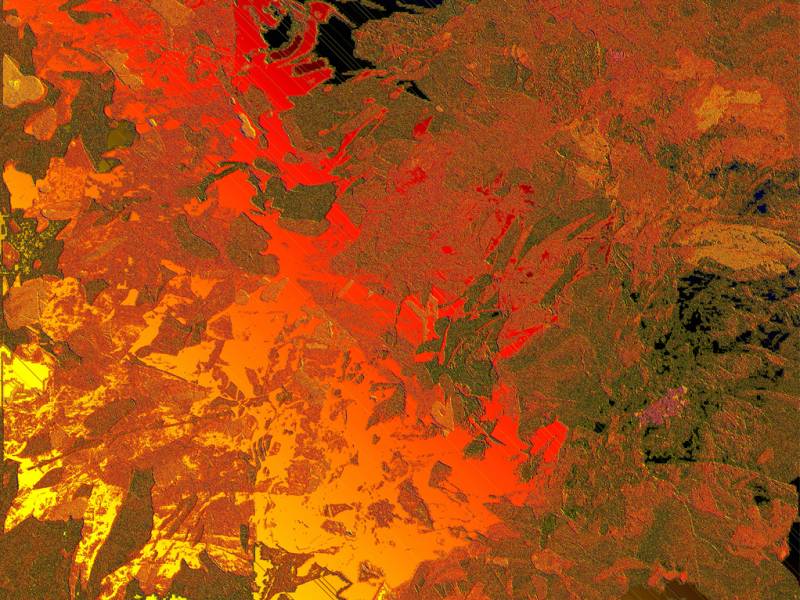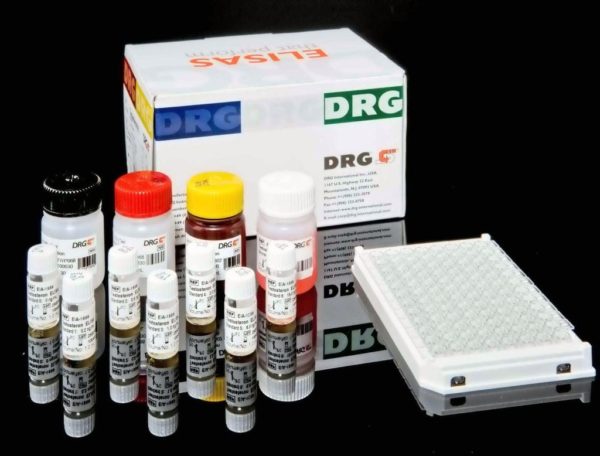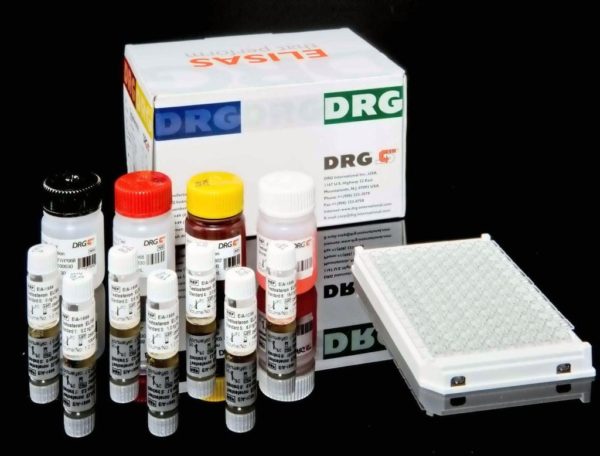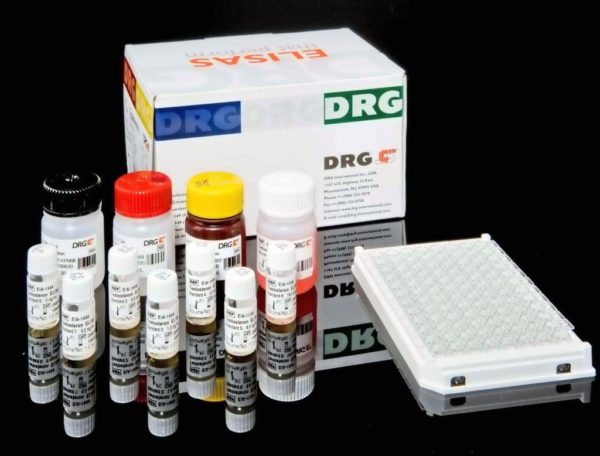Description
INTRODUCTION
Intended Use
Competitive immunoenzymatic colorimetric method for quantitative determination of DHEA-S concentration in saliva.
DHEA-S ELISA (Saliva) is intended for laboratory use only.
CLINICAL SIGNIFICANCE
- 5-Dehydroepiandrosterone (DHEA-5) is a endogenous natural steroid hormone with 19 carbon atoms. It is the principal steroid hormone produced by the secretion of the adrenal glands, but it is also produced in the gonads and brain. DHEA is the most abundant circulating steroid in human beings.
- DHEA-S is a natural steroid hormone found primarily in the kidneys and it is derived from the enzymatic conversion of DHEA in the adrenal and extra-adrenal tissues. It is the most abundant hormone in the human body and is a precursor of all sex steroids. As most DHEA-S is produced by the zona reticularis of the adrenal, it is argued that there is a role in the immune and stress response. DHEA-S may have more biologic roles: for example its production in the brain suggests a role as neurosteroid.
- The majority of DHEA-S in saliva is non-protein bound and enters the saliva via intracellular mechanisms. Salivary DHEA-S levels are unaffected by salivary flow rate or salivary enzymes.
- Measurement of serum DHEA-S is a useful marker of adrenal androgen synthesis. Abnormally low levels may occur in have been reported in hypoadrenalism, while elevated levels occur in several conditions, e.g. virilizing adrenal adenoma and carcinoma, 21-hydroxylase and 3_-hydroxysteroid dehydrogenase deficiencies and in some cases of female hirsutism. Women with polycystic ovary syndrome tend to have normal or mildly elevated levels of DHEAS.
PRINCIPLE
- The DHEA-S (antigen) in the sample competes with the antigenic DHEA-S conjugated with horseradish peroxidase (HRP) for binding to the limited number of antibodies anti DHEA-S coated on the microplate (solid phase).
- After incubation, the bound/free separation is performed by a simple solid-phase washing.
- Then, the enzyme HRP in the bound-fraction reacts with the Substrate (H2O2) and the TMB Substrate and develops a blue colour that changes into yellow when the Stop Solution (H2SO4) is added.
- The colour intensity is inversely proportional to the DHEA-S concentration of in the sample.
- DHEA-S concentration in the sample is calculated through a calibration curve.




